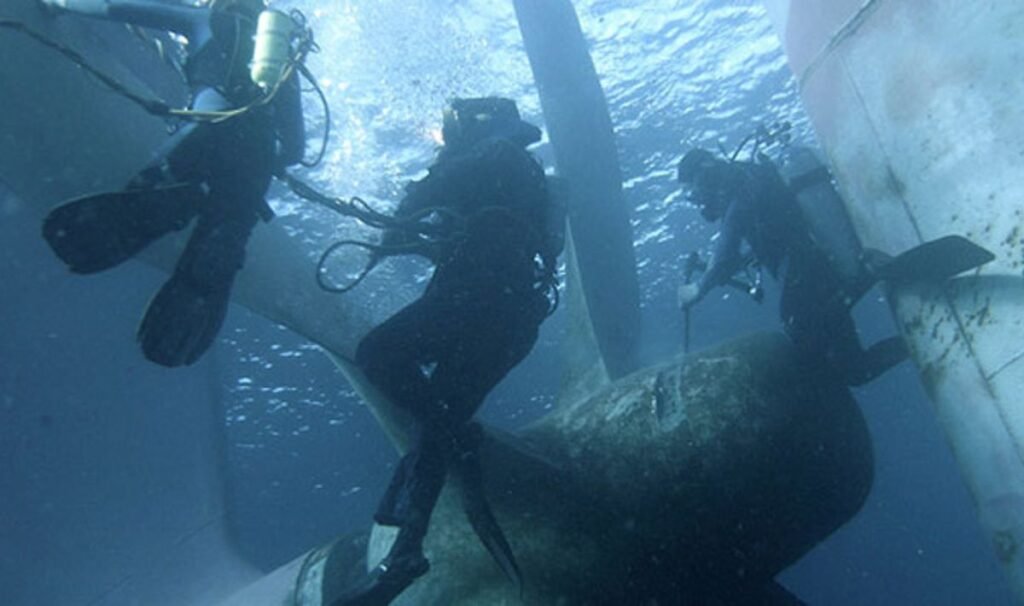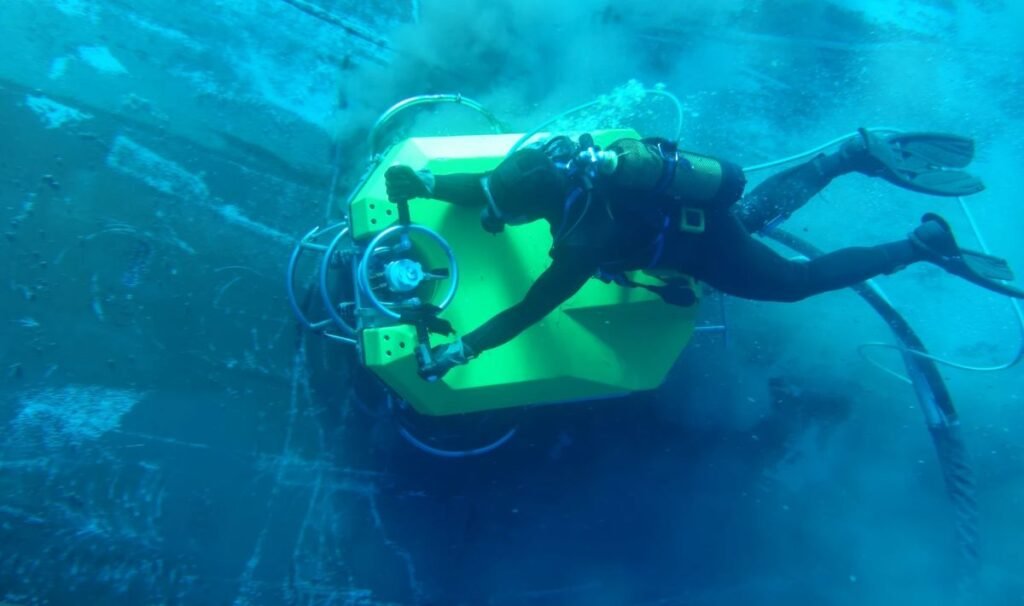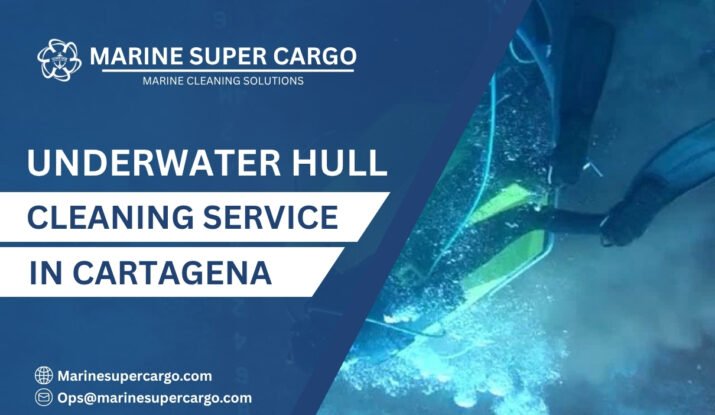Imagine yourself sailing out from Cartagena’s historic harbor—Colombia’s crown jewel on the Caribbean. The sun is shining, your course is set, and the promise of adventure beckons. But beneath the waterline, trouble can quietly anchor your dreams. That’s why underwater hull cleaning in Cartagena should be on every boater’s essential checklist. Without it, the beautiful blue below turns into a drag—literally and figuratively.
Let’s face it: marine growth loves Cartagena as much as you do. Warm tropical waters and abundant sunlight make perfect conditions for barnacles, algae, and mussels to mount a full-on assault on your hull. Regular underwater cleaning isn’t just about keeping up appearances—it saves you money, keeps you compliant with global regulations, and protects the unique maritime environment that makes Cartagena a sailor’s paradise.
The Biofouling Challenge in Cartagena’s Warm Waters
Cartagena’s warm, slow-moving waters create the perfect breeding ground for biofouling. Within weeks, barnacles, algae, and mussels cling to hulls, increasing drag and fuel use. For vessels moored long-term, fouling becomes severe—even antifouling paint struggles to keep up. Routine in-water hull cleaning is essential to maintain performance and avoid costly issues.
How Often Should You Schedule Underwater Hull Cleaning in Cartagena?
In Cartagena, hull cleaning every 1–3 months is ideal. Warm, salty waters accelerate fouling—especially for stationary boats or those with aging antifouling paint. Monthly or bimonthly cleaning suits most vessels, while active or high-traffic ships benefit from more frequent service to ensure compliance, speed, and fuel efficiency.

Major Methods for Underwater Hull Cleaning in Cartagena
Diver-Led Manual Cleaning
This classic approach involves certified divers using hand tools—like rotary brushes, scrapers, or even soft pads—to methodically strip away fouling organisms from the hull, running gear, and niches. Skilled divers know how to remove growth aggressively enough for results but gently enough to preserve your expensive coatings.
High-Pressure Water Jetting
For tougher fouling, some Cartagena cleaning teams use portable, submersible high-pressure water jets. When used well, these jets can blast away barnacles and algae quickly, minimizing abrasion to paints and reducing diver labor. The key? Calibrating the water pressure and coverage, so you get a sparkling hull without risking the underlying barrier.
Robotic and ROV Solutions
The future has arrived under the Caribbean waves! New robotic systems use magnetic or suction adhesion to cruise your hull, applying spinning brushes or high-pressure water, and sometimes capturing all the removed growth for eco-friendly disposal. These robots can clean steadily, reaching wide swaths of hull efficiently, and operate longer and with less diver risk. Expect to see more of these solutions in the coming years, particularly for large ships or vessels requiring frequent attention.
What to Look for in a Professional Service Underwater Hull Cleaning in Cartagena
With plenty of options in Cartagena, how do you choose? Look for:
- Certified and experienced divers or operators
- Understanding and compliance with IMO and Colombian environmental regulations
- Tools and technology tailored to your boat’s coatings/materials
- Transparent pricing and before/after reports
- Responsiveness—reliable scheduling, quick response times, and the ability to provide emergency cleaning
Ask whether they use debris-capture systems or offer eco-friendly hull cleaning Services to prevent spreading invasive species.
Step-by-Step: The Professional Cleaning Process
- Pre-Clean Inspection: Divers assess hull condition, paint, and fouling—often with underwater cameras.
- Method Selection: Based on vessel type and fouling severity, teams choose manual, high-pressure, or robotic cleaning.
- Biofouling Removal: Barnacles, algae, and debris are stripped section by section—focusing on props, intakes, and rudders.
- Debris Capture: Waste is collected where required to protect Cartagena’s marine life.
- Post-Clean Check: Final inspection ensures no spots were missed; issues are noted.
- Reporting: A cleaning summary with images supports maintenance records and planning.
Key Benefits of Regular Underwater Hull Cleaning in Cartagena
Efficiency and Fuel Savings
A clean hull slices through water with elegance, just like the sleek raceboats that crowd Cartagena’s regattas. Fouling adds significant drag: even minor slime can increase resistance by 10–15%, and heavy barnacle fouling by 40% or more. Regular underwater hull cleaning in Cartagena means less fuel burned, less engine strain, and long-term savings. It’s an investment that pays for itself, especially for commercial fleets.
Environmental Compliance and Clean Seas
Cartagena is a UNESCO World Heritage site, but its marine environment depends on you. Irresponsible underwater hull cleaning in Cartagena can spread invasive species, release toxins, or degrade local reefs. Today’s top cleaning teams use procedures and tech that keep the city’s bluewater healthy, and help you stay within IMO and Colombian regulations.
Prolonged Vessel Life and Fewer Repairs
Biofouling accelerates corrosion, can damage sensors/paint, and masks early warning signs for major hull repairs. Regular, professional cleaning lets your surveyor spot issues before they grow costly, preserves your antifouling paint, and keeps your ship (or yacht) in top form for the long run.
Regulations, Safety, and Environmental Concerns
In Cartagena—and across much of Colombia—the underwater hull cleaning in Cartagena industry is evolving toward stricter, eco-conscious standards:
- Only in-water cleaning methods that capture fouling or prevent debris release are recommended, particularly in ecologically sensitive zones.
- Antifouling paint must be fully cured before cleaning—typically 2–3 months post-application.
- All diving operations must comply with Colombian marine safety laws and environmental protocols.
For official port regulations, refer to the Port of Columbia.

How to Prepare Your Boat for Underwater Hull Cleaning in Cartagena
- Log your last full cleaning, hull paint age, and any repairs since then.
- Remove or secure gear and fenders around the hull.
- Notify your marina/port before scheduling—some require prior notice for in-water operations.
- Close hatches and underwater intakes, especially before high-pressure or robotic jobs.
- Share special needs (e.g., aluminum hull, fresh paint) with your cleaner for tailored treatment.
New Tech and Trends in Cartagena’s Scene: Underwater Hull Cleaning in Cartagena
Look out for more robotic “hull crawlers,” underwater drones, and debris-capture tools. These technologies improve safety, speed, and compliance, minimizing environmental impacts as Cartagena’s shipping industry booms. Modern providers offer detailed video inspections, AI-driven maintenance tracking, and tailored cleaning schedules based on your boat’s actual use and growth patterns.
Conclusion
Cartagena’s stunning waters invite adventure—but only if your boat’s hull isn’t weighed down by the hidden burden of marine growth. Professional, regular underwater hull cleaning in Cartagena is the single best upgrade for your cruising, your wallet, and the marine ecosystems we all depend on. With the right service and a good routine, you can glide into every voyage knowing your hull is fast, fuel-efficient, and doing its part to keep Cartagena’s blue expanse thriving for everyone.
FAQ:
Q1. How often should underwater hull cleaning be done in Cartagena?
Most boats benefit from cleaning every 1–3 months due to rapid growth rates in warm, nutrient-rich waters. More frequent cleaning may be wise for high-traffic or commercial vessels.
Q2. Is underwater hull cleaning in Cartagena safe for antifouling paint?
Q3. Are robotic and ROV cleaning methods available in Cartagena?
Q4. Can I clean my hull myself, or do I need a professional?
Q5. What’s the main advantage of paying for professional hull cleaning in Cartagena?
Aside from performance and fuel savings, you gain peace of mind, ensure compliance with international and local marine standards, and help protect Cartagena’s marine environment for the future.


